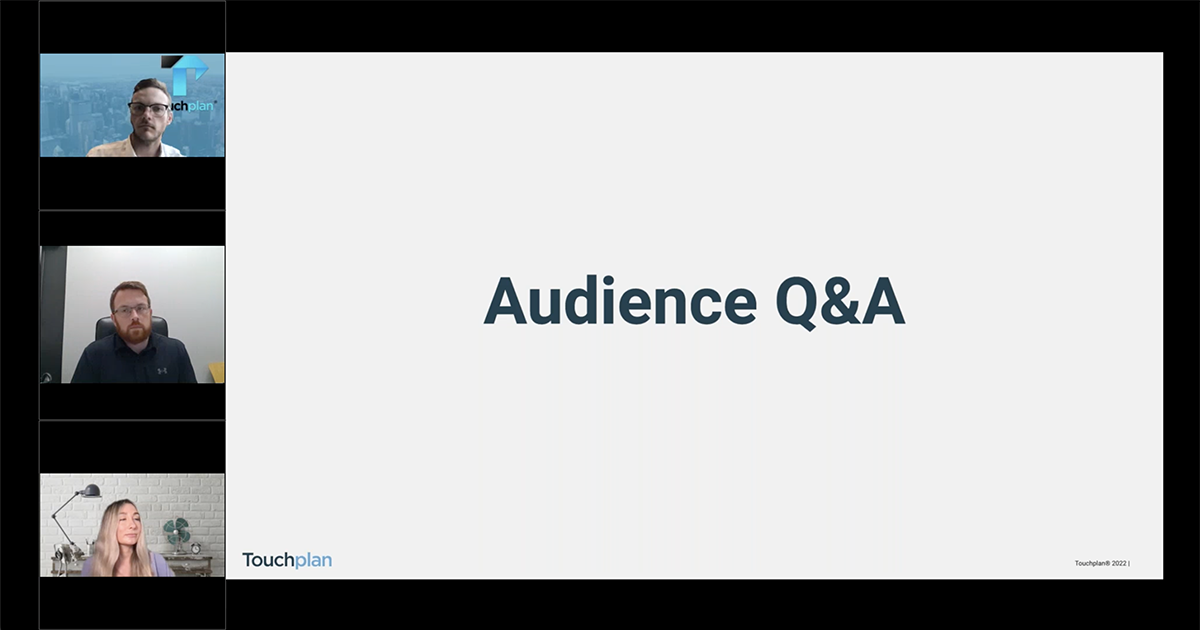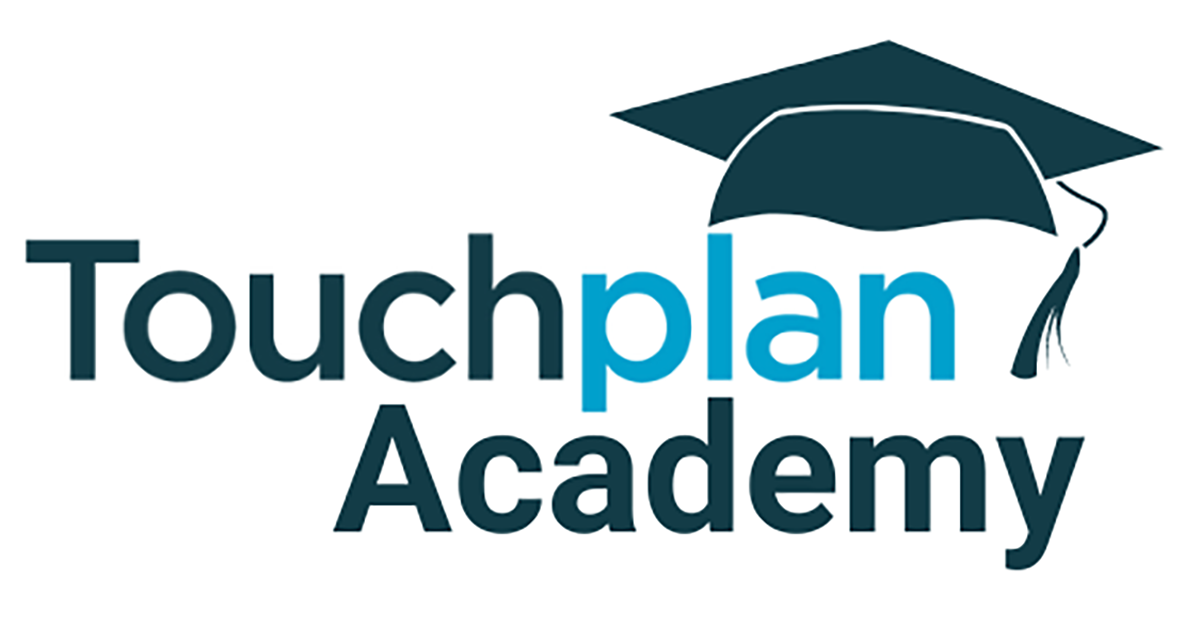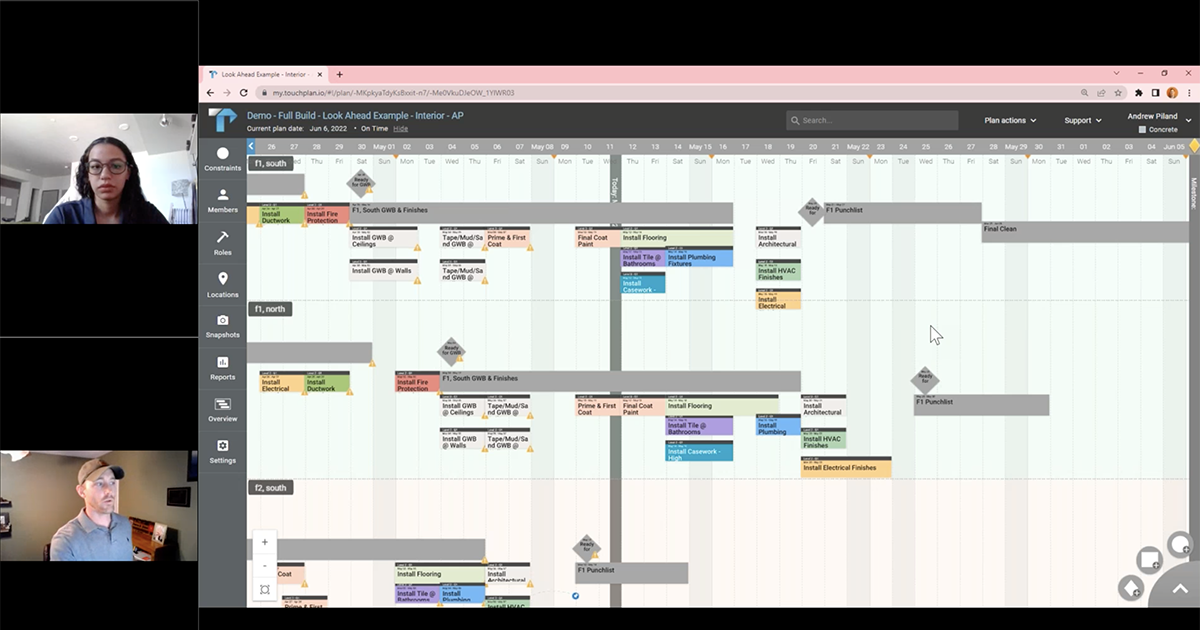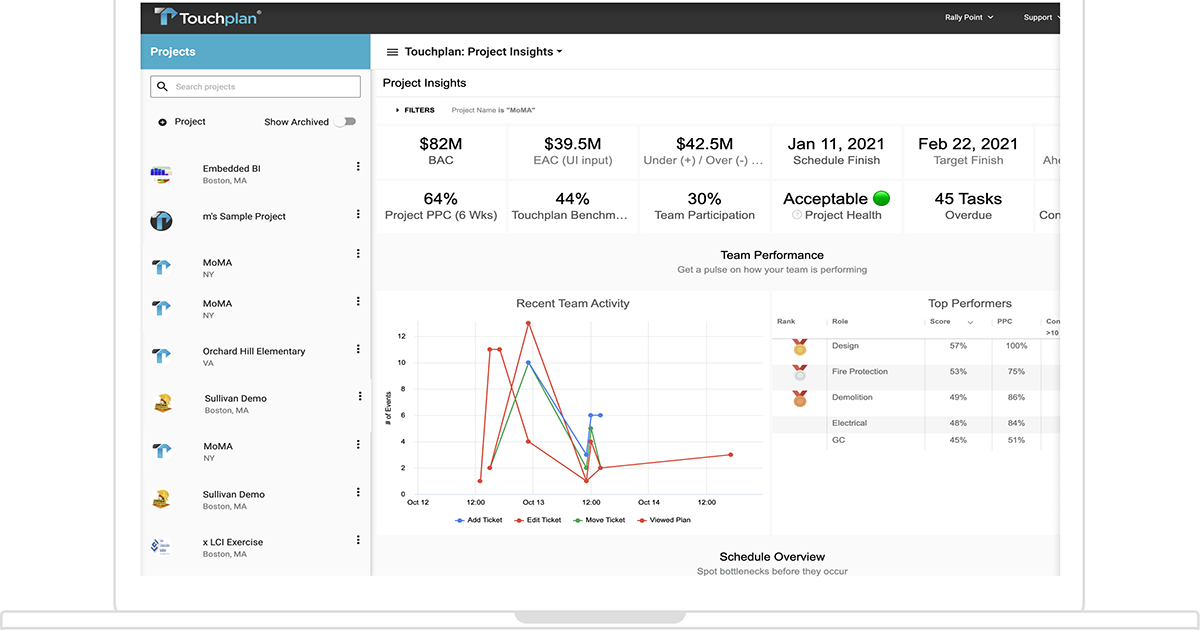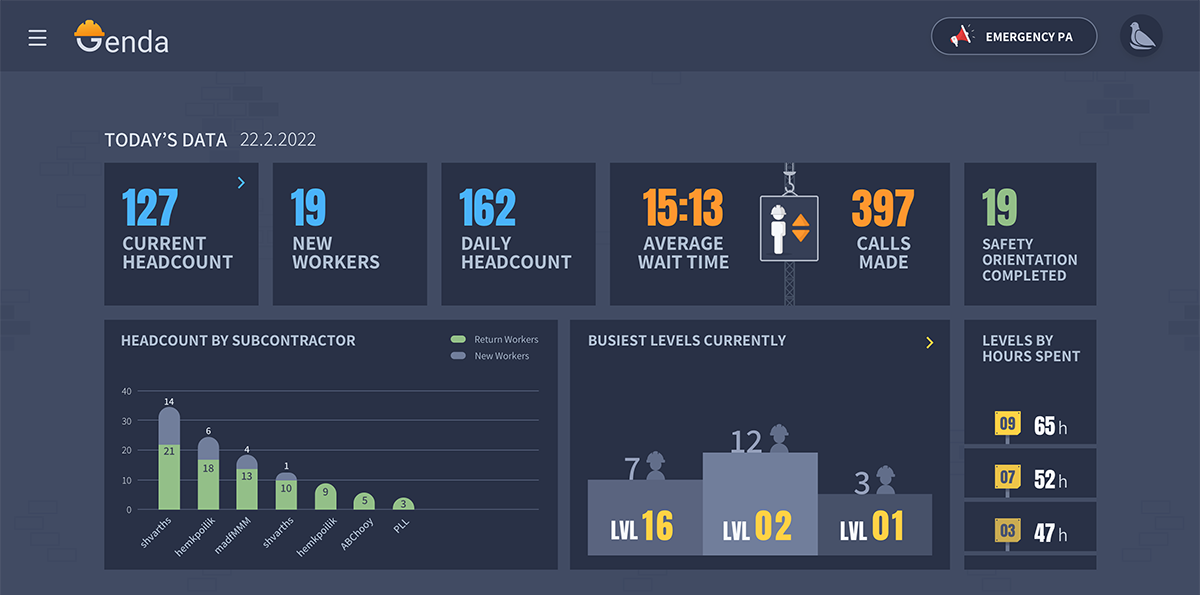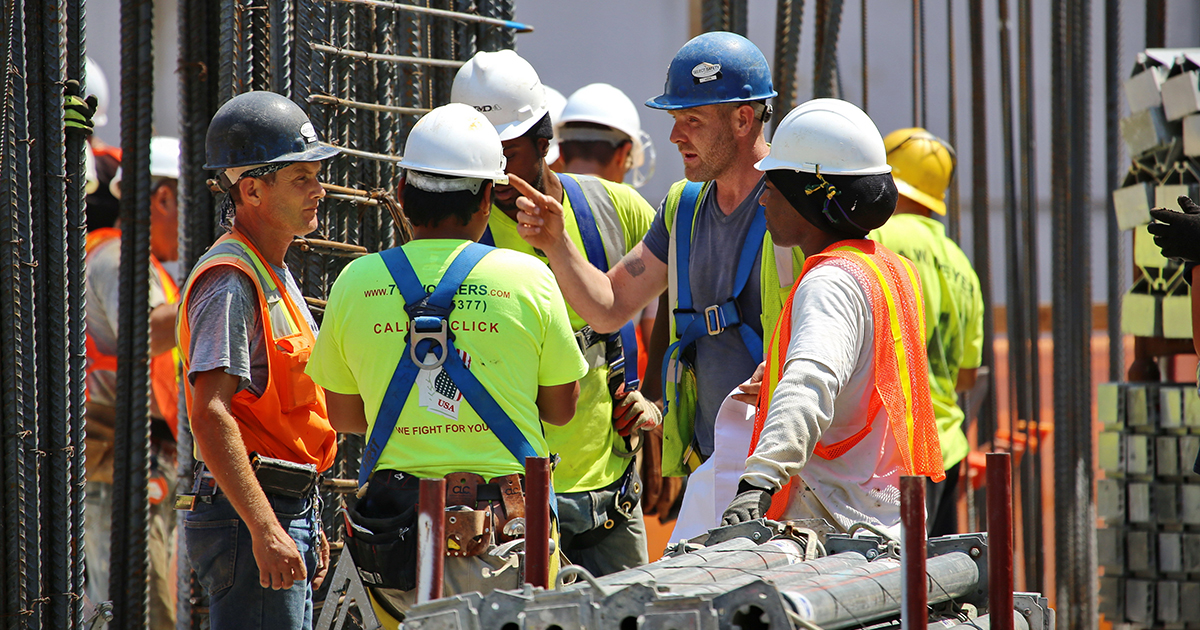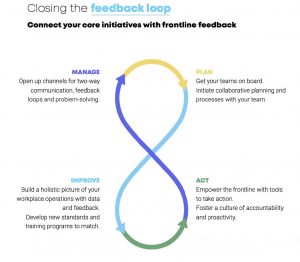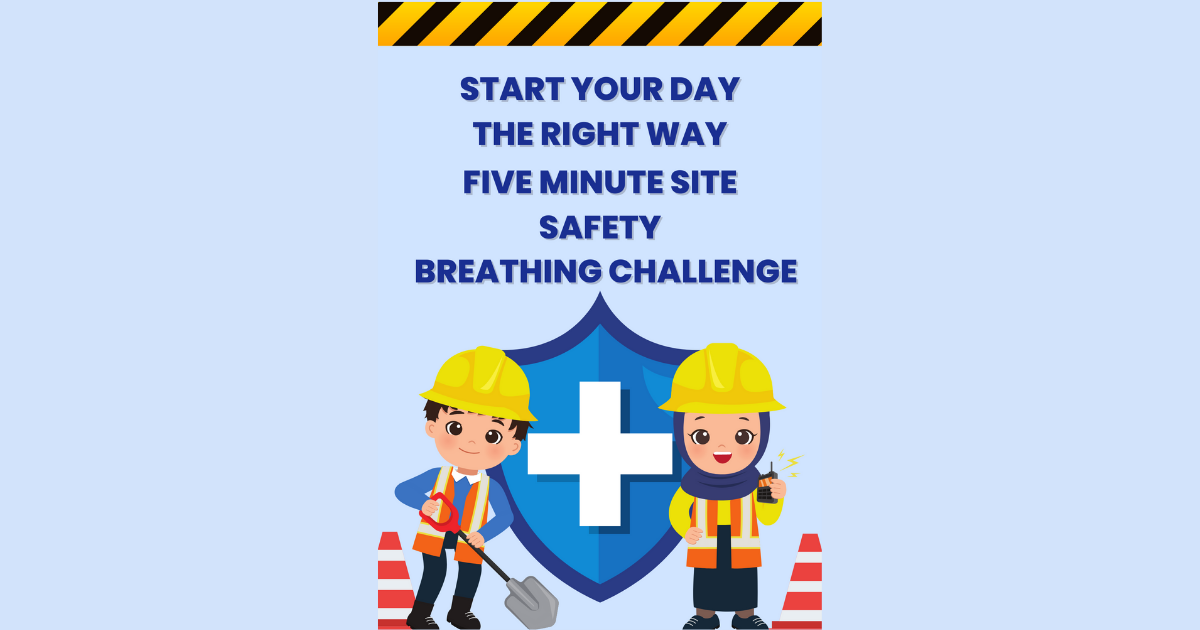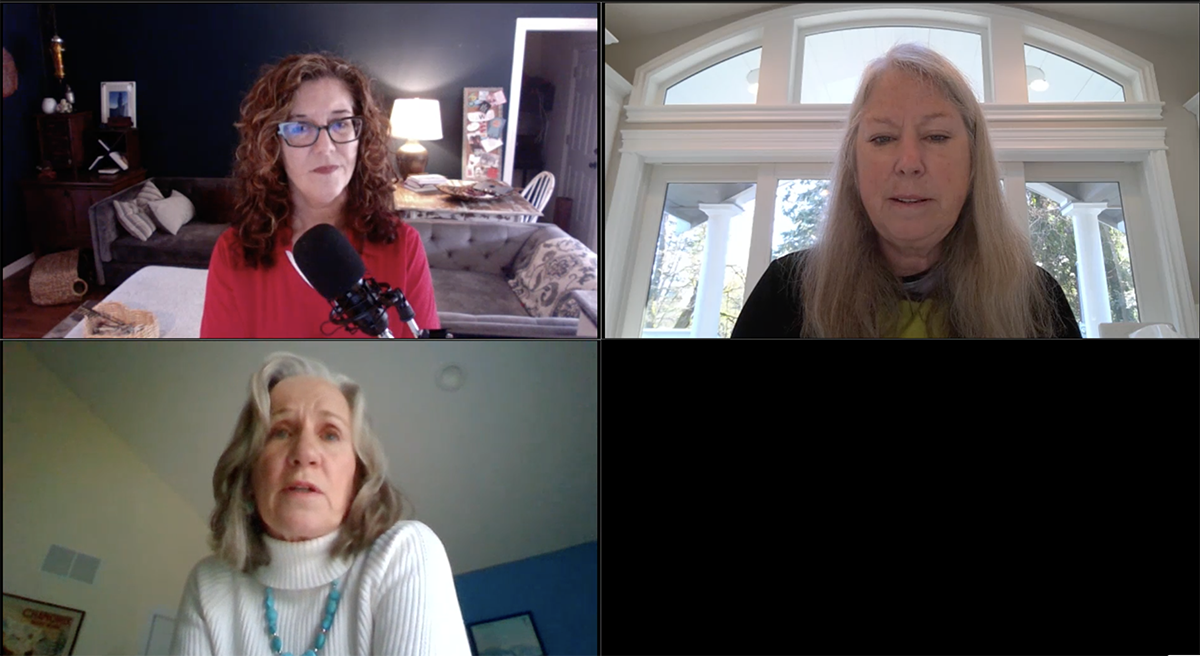It can’t be done. Not in that timeframe, not with the existing supply chain issues, not with that team, building, site, or fill-in-the-blank. Not possible. This is a common refrain in the construction industry. Common long before the pandemic and supply chains became a thing that was widely understood by adults and children alike. “What do you mean we don’t have toilet paper?” A new understanding that things came from a place before they arrive at Amazon. Legendary they may be, mass producers of all our planet’s goods they are not.
As a serial renovator of my own homes, I am fond of asking these naysayers if they have ever heard of the pyramids.
“The pyramids?” They ask.
“Yes, you know those 3D triangular structures in Egypt,” I respond.
“Well, yeah, hasn’t everyone?”
“Perfect, you know them. They built those with a chisel and no power tools, so we can certainly figure out how to build this with all the technology, tools, and ingenuity at our disposal today and do it despite the challenges that you outlined.”
If you are a member of the Capital Planning, Design, and Construction, or an Annual Projects and Differed Maintenance Divisions of a college or university, you have likely heard that “It can’t be done”, heck you may have been the one saying it to the leadership of your institution, but then you do the seemingly impossible, and delivery a completed project in that sliver of time that separates spring semester from fall. A precedent is set, and the 14-week schedule becomes 13, 12, and then 11, 10, and gulp 8, and the terms Summer Slammer and Barn Burner begin to make sense.
Aggressive summer schedules make sense for many reasons, including that campuses are often populated with fewer students, professors, and visitors. Buildings can be made vacant, construction can be carried out in three shifts, and work that might otherwise be phased and take two to three times as long can be completed in a single summer. Second and third shift costs take the place of and/or are offset by the elimination of demobilization and mobilization over the course of multiple summers.
Hyper-speed schedules come with their hurtles and aren’t for everyone. Like Algebra, there is a certain sort of builder that loves the challenge of a fast-track project, the pre-planning, the troubling through constructability approaches that deliver efficiency and craftsmanship, and the development of contingency plans for the inevitable barriers that will be placed in their path. They are the sort that says yes to a competition. They take pride in achieving what others think is impossible.
If summer school were in session and a fresh cohort of builders had set their sights on being the next and the best at barn burners, they would likely learn that building it is the easy part. The real secret to success is in the planning, the materials procurement, the communications structure that is established and followed, the decision-making schedule, and the approvals matrix. It takes collaboration, shared vision, grit, grind, and an agreed-upon commitment to success. When the last nail is slammed into place, the fire is out, and the report on the card is an “A,” it’s all worth the effort.

